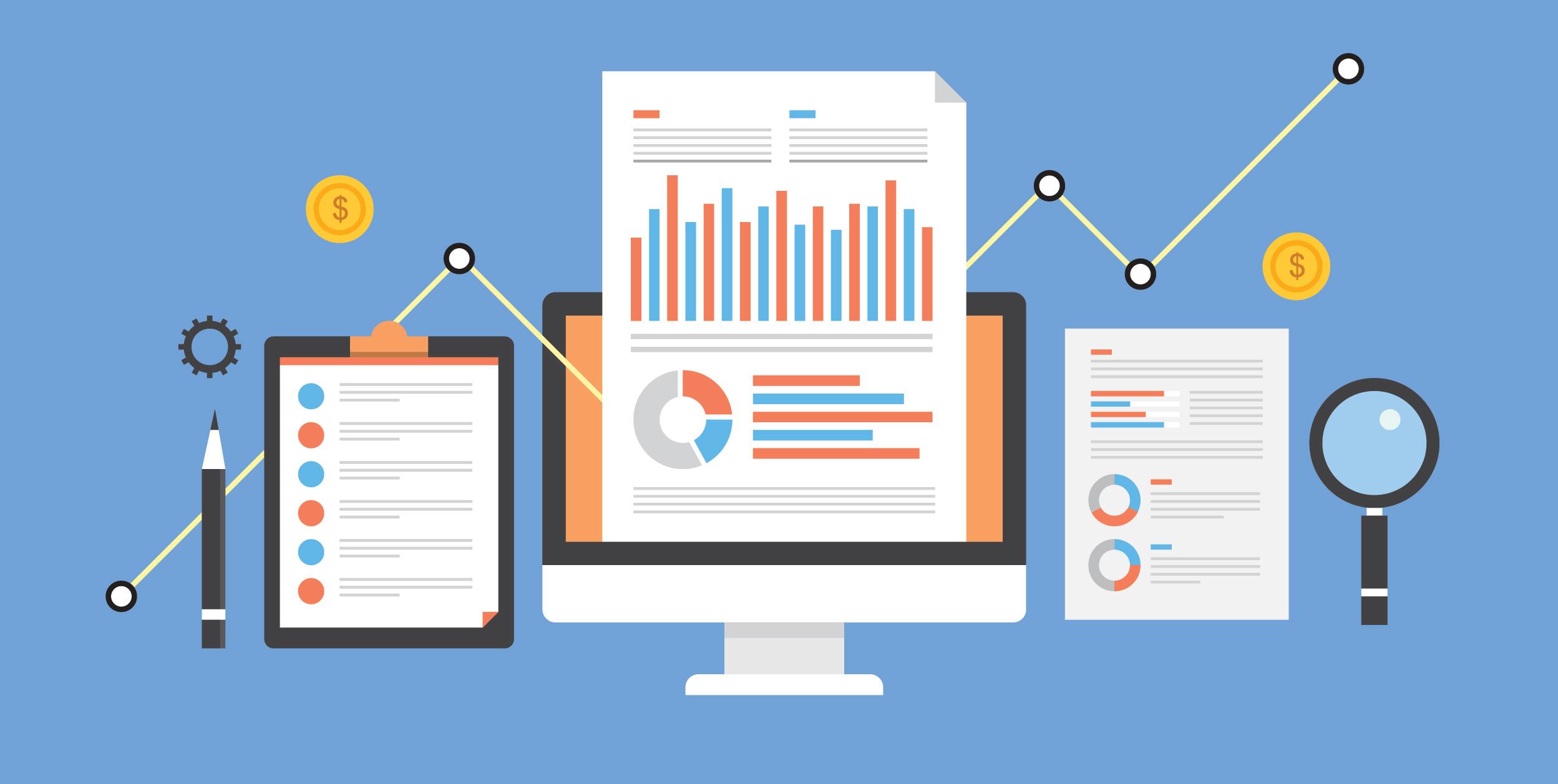Harness Data To Help Guide Property Investor Profits

I’m sure you’ve heard – data is the new currency. It’s the next big thing for business and it will be a catalyst for driving the world forward over the next few years. Learning how to harness the power of data in property investing, will be a secret weapon all investors can use to create more wealth.
So, what is data? It’s information, insights and predictions that property investors can use to help them make smart property purchases.
This could be data around what’s happening in regions in terms of infrastructure and growth. Figures on what type of property is selling well in a particular location. Information on industry or employment opportunities in a city or regional town.
All of this kind of data can give property investors an edge into what, where and when to purchase in order to create wealth.
However, when it comes to data and information, property investors face some challenges. Identifying what these can be will help protect you from making decisions based on fiction and distinguish what is fact.
CHALLENGE #1: DATA ISN’T GOOD OR BAD – IT’S JUST INFORMATION
Letting go of the idea that data has to fall into a good or bad category is a big learning curve for those new to real estate investment.
Remember data is just information coming from different sources. Take it in, and use it as part of a whole knowledge bank you have stored in your mind that will help you gain a greater understanding of the market and investment process as a whole.
In short, don’t give it too much meaning. A report on rises or falls in the market is just one piece of the data puzzle, not the whole picture.
CHALLENGE #2: NOT ALL SOURCES ARE EQUAL
While we’ve been socialised to respect institutions like banks, insurance companies and even some forms of media, most of the sources of data and information aren’t objective.
In simple terms, everyone has an agenda to suit their own purposes and success strategy. While your agenda as a property investor is to eventually pay your loans down and create positive cash flow from your properties, the bank’s agenda is the opposite. Why would they benefit from you paying off your loan?
And even the most well-respected business or finance media has to attract readers, and nothing does that better than a scary headline.
Sources will put data into the market to support their own agendas, another good reason to resist attaching too much meaning to any one piece of information.
CHALLENGE #3: MOST DATA SOURCES HAVE LITTLE RISK
If a financial planner told their clients that property prices were going to plummet by 50 per cent and the smart thing to do was to sell all of their properties, and they were wrong, their clients could sue them.
If the banks, lenders or media say the same thing, they have no tangible responsibility to how people react to that information. So, while the information may have been put in the public arena with the best intentions, if it’s wrong, there’s no fallout for the source.
The challenge here is to once again take all data as small insights into what is a very big business with a lot of moving parts. Don’t be scared into an over-reaction, or worse yet a paralysis of any decision making, by one piece of data.
Smart property investors seek information from property experts with years of experience and education who, incidentally, have the same agenda as them – to use property as a way to create wealth.
MAKE DATA DRIVEN DECISIONS CORRECTLY
The key here is to make data driven decisions correctly. When you can read verified information accurately, it has the potential to help you tremendously.
It can inform much if your investing strategy and lead you to the best properties to buy, in right locations and for the right place. It can guide you in making key decisions such as which property manager to go with, what rent to charge and even which banks to work with.
To learn more about how you can better utilise data when investing in real estate, join us for our free property investing seminar.
Limited spots are available so book here now.
Recent Articles
Property Hot Spots: How To Predict the Best Places To Buy
Historically real estate has always been a good place to put your cash. It’s an asset you can feel and touch – unlike stocks or shares – which makes investors feel safe. And, in the right place and time, property can grow in value while you sleep, meaning as an investor you don’t have to do much to increase your personal wealth. But as investors, how can we better predict the next hot spots for real estate investment so we can get in at the right price? How do we know the best places to buy that are guaranteed to grow in capital value, return regular rent increases and ensure future personal wealth?
How NOT To Be One of the 99% of Investors Who Fail in Property
According to the Australian Bureau of Statistics, 99 per cent of property investors in Australia fail. In this instance, the definition of failure is failing to buy three or more properties. Failure is easy. It takes very little effort to be bad at something. Success is something you have to work for, something that takes time and effort. But if you’re willing to put in the hard yards, we know you can succeed. We know because we’ve helped thousands of Australians buy property that’s yielded millions of dollars of income. To understand how to succeed, we need to know why so many fail. People fail because …
4 Crucial Property Questions To Avoid Investor Overwhelm
Part of being a successful property investor is being able to stay across a lot of moving parts. From analysing the value of different areas or types of property, to understanding inflation and different kinds of loan structures. It’s information overload and at times can feel overwhelming.
Information overload can lead to something we call “analysis paralysis” meaning, with so many decisions to make, you can’t make any.
How Infrastructure Will Impact Your Ability To Create Capital Growth
When investing in real estate, smart investors know that buying well comes down to more than just the quality of a building or property. This is because one of the key factors to affect the capital growth and rent rate potential of property is infrastructure.
Successful Property Investors Don’t Quit Their Day Job
You need that income! One of the primary things you need to be a successful property...
What You Need to Know About Buying Off-the-plan
Weigh it up - you'll be surprised. Like a lot of things in life, there are pros and cons...
6 Ways To Speed-Up Your Next Property Purchase
Get There Faster If you are already a property investor with one or even two properties,...
A Property Investor’s Guide To Not Living On Beans And Rice
Asset rich, cash poor? No thanks! There’s a common misconception that if you’re a property...
Six ways to build mega equity in your investment property
Investing in property is a great way to secure a better financial future.
But if you don’t know how to help your investments grow, you could be missing out on cashing in.
To ensure you are on the path for maximum wealth creation, you need to understand how to add value and build equity.
Here are six ways you can do exactly that.












